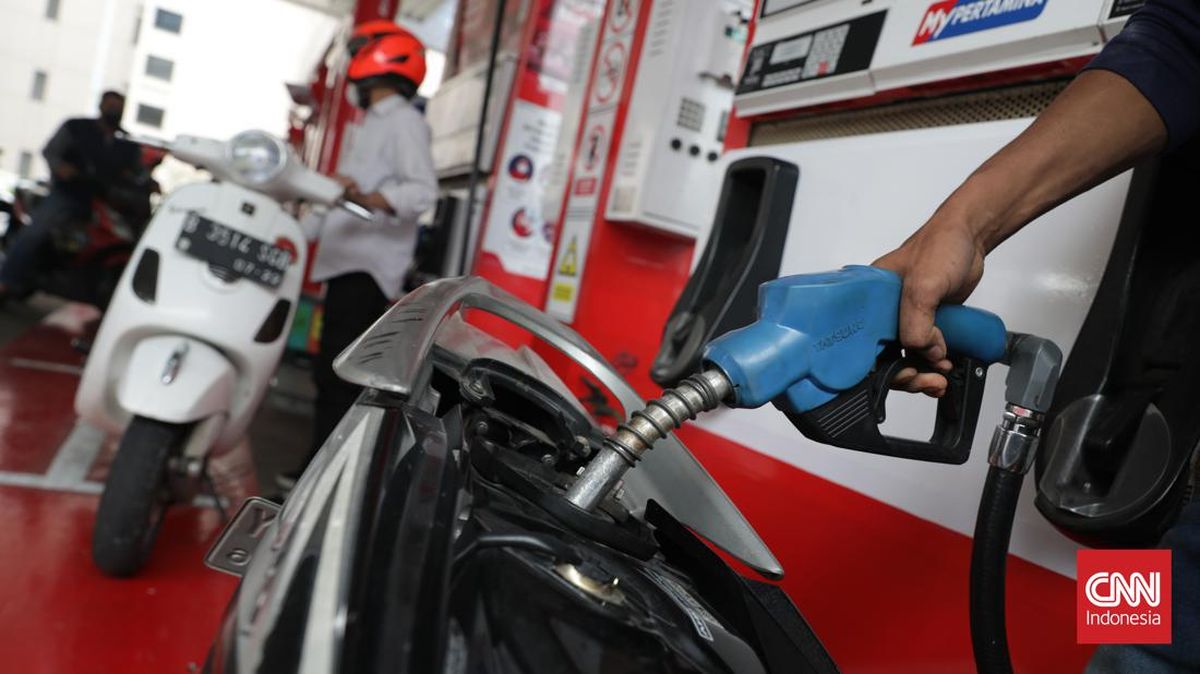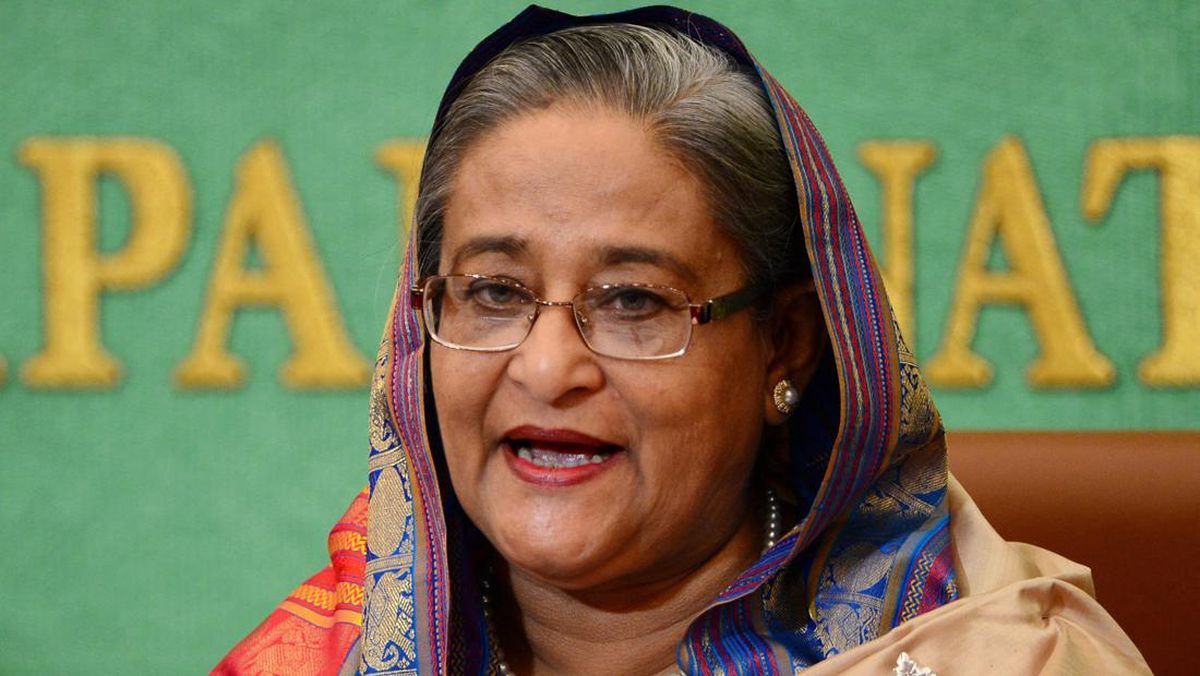By Javier Blas
November 16, 2025 — 12.49pm
Suggesting that fossil fuels will stay around for a long time remains taboo in the energy debate. In climate change gatherings, the world has agreed to “consign coal to history” and “transition away” from oil and natural gas.
It has signalled, too, “the beginning of the end” of the fossil-fuel era and a “swift” transition to renewables.
That’s all very well meaning, but there’s a problem: With apologies to Margaret Thatcher, fossil fuels are not for turning.

The main long-term influence is the global push to reduce carbon emissions.Credit: AP
Just two years ago, the International Energy Agency (IEA) unequivocally said that fossil-fuel demand would peak before the end of this decade. It was a black-and-white statement that left no wiggle room.
“The world is on the cusp of a historic turning point,” IEA executive director Fatih Birol said at the time, adding: “This is the first time that a peak in demand is visible for each fuel this decade — earlier than many people anticipated.”
The message won accolades from green campaigners and shocked the energy establishment. But it was premature, in part because it didn’t anticipate an obvious flaw: governments backpedalling on their clean-energy commitments.
Loading
Thus, the IEA is in retreat. The agency, whose analysis is closely followed, isn’t so sure any more about a peak. Maybe coal will reach a zenith, but oil may not, and gas certainly won’t. And when, and if, fossil-fuel demand eventually tops out, it will do so at a higher level than the agency anticipated, in some cases barely showing any reduction from today’s consumption levels.
The flip-flopping has damaged the agency’s reputation, perhaps irreparably. It could have been avoided by sticking to the unsexy basics: providing boring, data-driven analysis exploring all the possibilities rather than a narrow set of outcomes. The focus should be on what’s occurring rather than on what governments, subject to voter pressure, say they hope will happen.
So what’s happening? The IEA gets it right this time. “The world remains thirsty for energy,” it says in the 2025 edition of its flagship report, the World Energy Outlook, published November 12.
At the same time, “there is less momentum than before behind national and international efforts to reduce emissions”, it adds. In an earlier draft, it appropriately put the blame where it lays, citing a great emphasis in some countries, “notably in the United States, on preserving the energy status quo rather than changing it.” That wording didn’t survive the drafting process; we can only wonder who Tipp-exed it out.
Loading
The biggest obstacle is that electricity demand is exploding as the world moves to electrify everything.
Out go gasoline cars, in come electric vehicles; out go gas boilers, in come heat pumps, and so on. Add new power needs, from cooling and water desalination to data centres, and “the growth pace is unprecedented”, Birol said in an interview.
Solar and wind are making a huge effort to meet a significant chunk of the incremental demand, but nuclear, coal and gas are still needed. And oil keeps growing.
Put together, that means that the energy transition is, for now at least, one of addition rather than substitution, where renewable sources of energy top up fossil fuels rather than replacing them. To be sure, addition and substitution are two phases of any transition; the former is a prerequisite step to achieve the latter. But what the IEA is mapping out now suggests the addition phase may last for 25-plus years.
Every year, the IEA tries to imagine the future of energy, making huge assumptions about economic development, population growth, political will, technological developments and prices. While the exercise is quite useful, it doesn’t come remotely close to being a forecast.
The agency long used a baseline model – the current policy scenario (CPS) – but it had significant shortcomings.
Historically, it undercounted solar and wind power and over-estimated fossil fuels. Thus, in 2020, the IEA discontinued it, in part due to pressure from green campaigners, effectively replacing it with a stated policies scenario (STEPS) including “policy proposals, even if the specific measures needed to put these proposals into effect have yet to be fully developed”.
In short, it mixed policy with political promises. It added another, called net zero emissions (NZE), which mapped what would be needed to limit global warming to 1.5 degrees Celsius.

Norway is western Europe’s largest petroleum producer.Credit: AP
Starting in 2023, that renewed emphasis on political ambitions shifted the path for fossil-fuel demand — and carbon-dioxide emissions — to predict peak consumption by 2029. This year, the IEA has revived its CPS — in part due to pressure from the Trump administration.
Loading
The scenario shows that neither oil nor gas demand would peak until, at the earliest, 2050. Even the new edition of the STEPS scenario doesn’t show a zenith this decade any more for oil and gas. Instead, the high point for oil demand is delayed one year, from “before 2030” to “around 2030,” and gas keeps growing until 2035.
Peak consumption has become the “holy grail” of the energy debate. But the precise year when it arrives is far less important than the shape of the consumption curve before and after it’s reached. Focusing on the path, rather than the summit, is crucial to understanding where the world is heading.
For oil, those curves show demand remaining not far from today’s levels of about 100 million barrels a day. Consumption may grow a bit, reaching nearly 113 million barrels a day by 2050 under CPS, or it may drop a bit to 97 million barrels a day under STEPS, but it won’t collapse in the off-a-cliff- trajectory that green campaigners hope for.
To me, that’s the most important message of this week’s report: Fossil fuel demand remains entrenched. Now that we know where we’re going, we can have a sensible debate about the benefits — and costs — of changing course.
Javier Blas is coauthor of “The World for Sale: Money, Power and the Traders Who Barter the Earth’s Resources.”
Bloomberg
Most Viewed in Business
Loading


















































